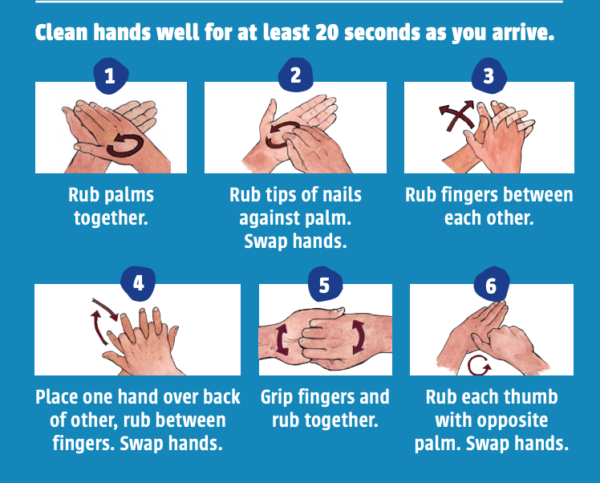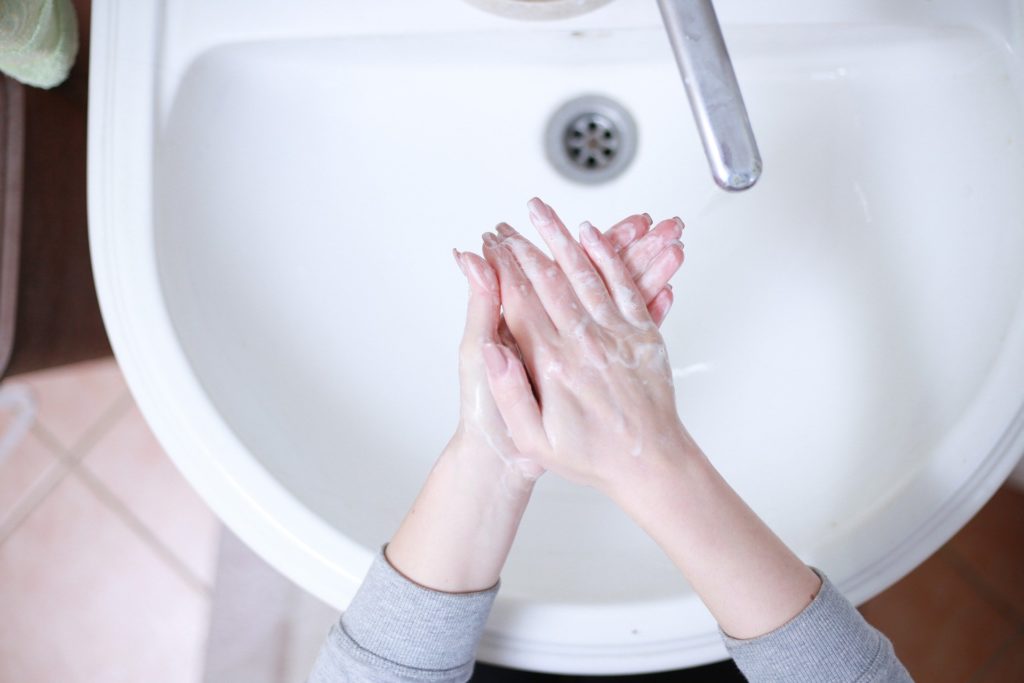Thousands of employees returned to work on June 1, as Level 3 restrictions officially kicked in. To prevent the spread of COVID-19, there are a number of measures workers must undertake every day.
Here is a guide to working safely, from the moment you wake up to the second you return home after a work day.
Before work
If you are unwell, stay at home. Report any symptoms (like cough, fever/chills, sore throat, body aches, loss of smell or loss of taste or shortness of breath) to your supervisor before you come to work. Phone your health care practitioner or provincial hotline on 021-928 4102 for advice on further assessment and testing.
Preparing for work
Wear simple work clothing like t-shirts and pants that can easily be washed when you get home, as well as closed shoes. Avoid wearing a belt, jewellery and watches. Have 2-5 cloth masks to rotate for each day of work, and remember to carry a clean spare every day. Bring only your essentials like your phone, wallet and keys.
Bring lunch from home in a reusable fabric shopping bag and bring your own water bottle. Avoid water coolers.
On route
Cover your nose and mouth at all times and avoid touching your face. If you do, clean your hands immediately. Never share a mask with another person.
Arrival at work
Wash hands for a minimum of 20 seconds immediately upon arrival.

Try to keep 1,5 metres apart from others. Avoid physical contact such as kissing, hugging, handshakes and high-fives.
Some workplaces may require daily temperature testing and/or screening. Be prepared for this event.
When at work
Pay attention to your physical environment so that you can maximise space between people.
-In shops, keep aisles clear to avoid congestion
-In offices, space desks apart
-In factories, put as much space between work stations as possible
Wear masks and visors correctly throughout the workday. Cover your mouth and nose all the time with a cloth mask and avoid tilting visors up. Avoid touching/fiddling with the mask. If you do, wash hands immediately. These measures are ineffective if masks and visors are worn incorrectly.
Clean and disinfect frequently touched objects and surfaces (like cell phones, countertops, doorknobs, light switches, key pads, tables, chairs, toilets, taps, sinks) as often as possible using a diluted bleach solution (6 teaspoons per 1L of water).
Remember to wash hands for a minimum of 20 seconds frequently throughout the day.
Employees must take staggered work breaks and lunches to avoid crowded tearooms/lunch areas. Maintain a 1,5m distance from co-workers, and take the break outside if possible. Before eating or drinking, remove your mask without touching the outside and store in a container or bag labelled with your name. If wearing a visor, remove without touching the outside and store in a designated area. Wipe clean with diluted bleach solution before putting on again. Disinfect the surface on which it was stored.
Leaving work
Wash hands before leaving and wear your mask properly on the way home. Keep hand sanitiser in bag and use to clean hands after touching any public surfaces.
Upon arriving home
Remove your work shoes and leave outside or just inside the door before entering your home. As you come in, remove your cloth mask without touching the outside, then your work clothes. Put the clothes and mask straight into a hot wash or bucket with hot water and soap, along with the reusable fabric shopping bag used for lunch.
Thoroughly wash your hands and arms as soon as you enter your home, and have a shower/bath/wash after putting your clothes and mask in a hot wash. Avoid hugs, kisses and direct contact with family members until after the shower/bath/wash. Dry your cloth mask and work clothes in the sun (or tumble dryer if you have one) and iron to disinfect.
For more guidelines, download the Western Cape PDF here: COVID-19 Work Safely – English.
Also read: The ultimate guide to wearing a mask
Picture: Pixabay

